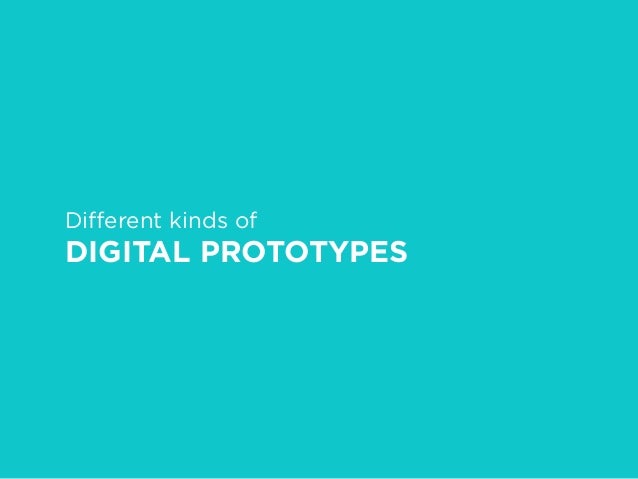

For example, the General type consists of Attention and Activation Functions. The Method section is divided by type, and each type consists of various methods. Finally, these sub-tasks are built using various methods (Stochastic Optimization, Convolutional Neural Networks). The state-of-the-art models are organized by various fields of machine learning (Computer Vision, Speech), and each field of study consists of tasks (Object Detection, Image Generation) and sub-tasks (Unsupervised Image Classification, Fine-Grained Image Classification). The platform is well structured and organized as it divides various sections into smaller sub-sections. To share your dataset with the ML community you need fill the form Add a dataset and provide links and detailed information about dataset. For example, the benchmark for Self-Supervised Image Classification on ImageNet is iBOT with 82.3% accuracy.
#PAPERS WITH CODE LICENSE#
The Data page is easy to navigate and within a few minutes you can understand the modality, license information, papers published, and benchmark based on subcategories.
#PAPERS WITH CODE FULL#
You are not just getting access to the dataset you are getting full stats on what are popular datasets in particular category based on benchmark results and research papers.Įvery dataset contains a link to the paper or website of which the original dataset. The Datasets section contains 5,628 machine learning datasets and you can either search the dataset directly or filter them out on modality, tasks, and languages.
#PAPERS WITH CODE CODE#
You can view the code implementations, read the paper, view parameters used in neural networks, and the results in the form of a detailed comparison on similar datasets. For example, Computer Vision sub-class Image Classification has the best accuracy score of 90.88% using the CoAtNet-7 model. These machine learning models are subcategorized by various fields of studies such as Computer Vision, Natural Language Processing, and Time Series.Īfter selecting a field of study, you can explore various subfields and results. State of the Art section contains 6434 benchmark machine learning models, 2735 tasks and sub-tasks (Knowledge Distillation, Few-Shot Image Classification), 65,649 papers with code. All the submitted code and results are under the free CC BY-SA license. The user interface is quite friendly so finding papers or adding resources is quite easy. If you want to add code to a paper, evaluation table, task or dataset then find the edit button on a particular page to modify it. You can also check all the stats on trending papers, frameworks, and code coverage.Īnyone can contribute by clicking on the edit button. It is the next-generation knowledge-sharing platform that is community-driven and open to edits like Wikipedia under the CC-BY-SA license.Īpart from machine learning, the platform has specialized portals for papers with code in astronomy, physics, computer sciences, mathematics, and statistics.


You can reproduce the results by using the code, checking all the previous implementations with the model performance metrics, viewing the dataset, models, and methods used in the research paper. Recently, Papers with Code have grown in both popularity and in terms of providing a complete ecosystem for machine learning research. Papers with Code is the platform that contains research papers with code implementations by the authors or community.


 0 kommentar(er)
0 kommentar(er)
